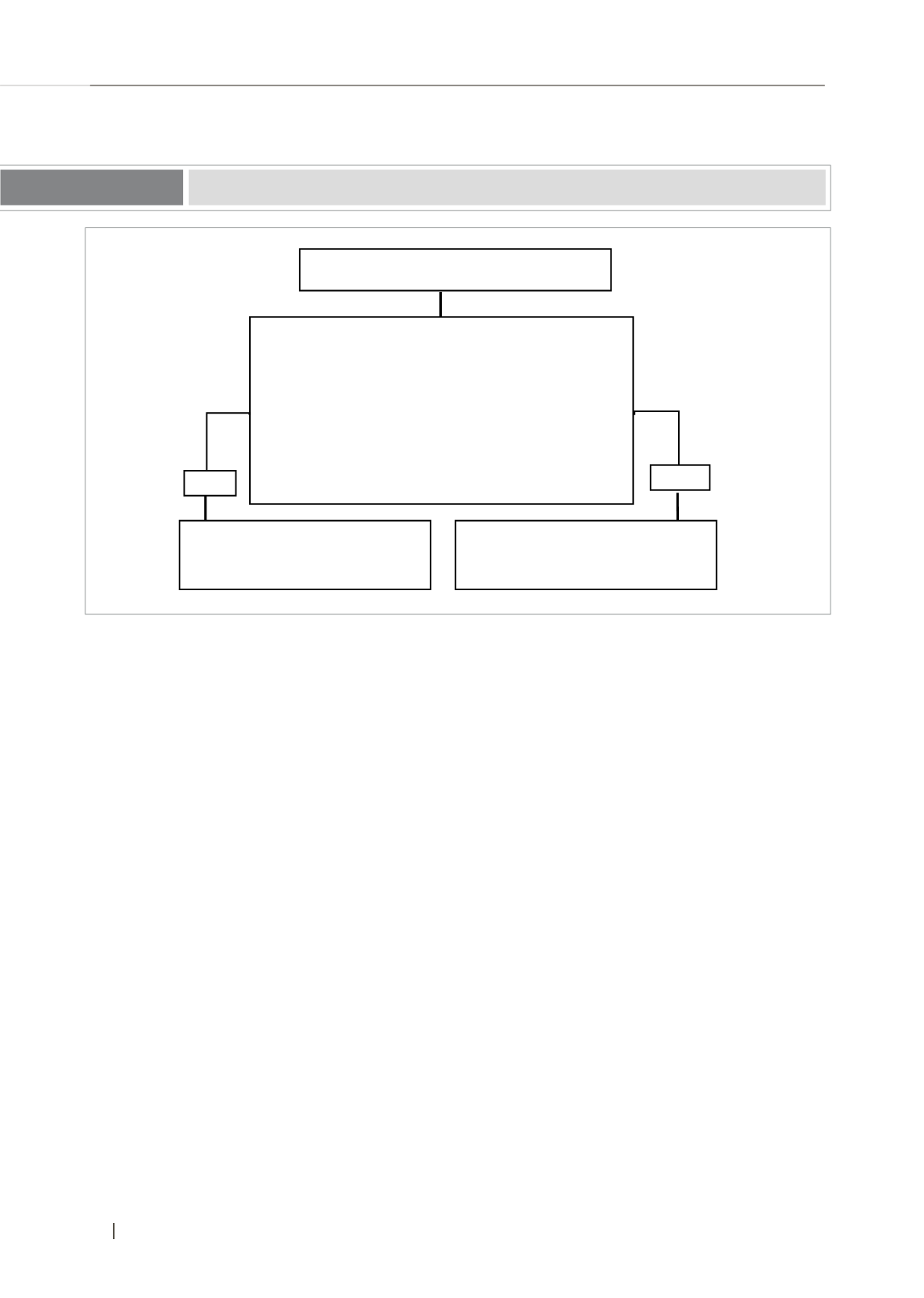

HIPERTENSIÓN / 2016 / VOL. 21
66
Factores a considerar en el manejo de la EAAR
Figura Nº 7
Figura 7: Manejo de la EAAR
Estenosis > 70 %
EDEMA PULMONAR AGUDO RECURRENTE
HTA resistente > 3 antihipertensivos en altas dosis por > meses
EAAR bilateral o EAAR en monorreno con oclusión contralateral
Reducción progresiva de la VFG > 30 % en ≤ 12 meses
Indice resistivo < 0.8 en ecografía doppler renal
Ausencia de proteinuria
Tamaño renal > 8 cms
SÍ
NO
Arteriografía con
eventual intervención endovascular
Tratamiento médico como paciente
de alto riesgo cardiovascular
BIBLIOGRAFÍA
1.
Textor SC. Renovascular hypertension. Curr Opin Nephrol Hypertens 1993;2:775-83.
2.
Plouin PF, Rossignol P, Bobrie G. Atherosclerotic renal artery stenosis: to treat conservatively, to dilate, to stent, or to operate? J
Am Soc Nephrol 2001;12:2190-6.
3.
Kumbhani DJ, Bavry AA, Harvey JE, et al. Clinical outcomes after percutaneous revascularization versus medical management in patients
with significant renal artery stenosis: A meta-analysis of randomized controlled trials. American heart journal 2011;161:622-30.e1.
4.
Nordmann AJ, Woo K, Parkes R, Logan AG. Balloon angioplasty or medical therapy for hypertensive patients with atherosclerotic
renal artery stenosis? A meta-analysis of randomized controlled trials. The American journal of medicine 2003;114:44-50.
5.
Plouin PF, Chatellier G, Darne B, Raynaud A. Blood pressure outcome of angioplasty in atherosclerotic renal artery stenosis: a
randomized trial. Essai Multicentrique Medicaments vs Angioplastie (EMMA) Study Group. Hypertension 1998;31:823-9.
6.
Webster J, Marshall F, Abdalla M, et al. Randomised comparison of percutaneous angioplasty vs continued medical therapy for
hypertensive patients with atheromatous renal artery stenosis. Scottish and Newcastle Renal Artery Stenosis Collaborative Group.
J Hum Hypertens 1998;12:329-35.
7.
van Jaarsveld BC, Krijnen P, Pieterman H, et al. The effect of balloon angioplasty on hypertension in atherosclerotic renal-artery
stenosis. Dutch Renal Artery Stenosis Intervention Cooperative Study Group. The New England journal of medicine 2000;342:1007-14.
8.
Bax L, Mali WP, Buskens E, et al. The benefit of STent placement and blood pressure and lipid-lowering for the prevention of
progression of renal dysfunction caused by Atherosclerotic ostial stenosis of the Renal artery. The STAR-study: rationale and study
design. J Nephrol 2003;16:807-12.
9.
Bax L, Woittiez AJ, Kouwenberg HJ, et al. Stent placement in patients with atherosclerotic renal artery stenosis and impaired renal
function: a randomized trial. Annals of internal medicine 2009;150:840-8, w150-1.
10. Wheatley K, Ives N, Gray R, et al. Revascularization versus medical therapy for renal-artery stenosis. The New England journal of
medicine 2009;361:1953-62.
11. Cooper CJ, Murphy TP, Cutlip DE, et al. Stenting and medical therapy for atherosclerotic renal-artery stenosis. The New England
journal of medicine 2014;370:13-22.
12. Weinberg MD, Olin JW. Stenting for atherosclerotic renal artery stenosis: one poorly designed trial after another. Cleve Clin J Med
2010;77:164-71.
13. Ives NJ, Wheatley K, Stowe RL, et al. Continuing uncertainty about the value of percutaneous revascularization in atherosclerotic
renovascular disease: a meta-analysis of randomized trials. Nephrology, dialysis, transplantation : official publication of the European
Dialysis and Transplant Association - European Renal Association 2003;18:298-304.
14. Cooper CJ, Murphy TP, Matsumoto A, et al. Stent revascularization for the prevention of cardiovascular and renal events among
patients with renal artery stenosis and systolic hypertension: rationale and design of the CORAL trial. Am Heart J 2006;152:59-66.
















